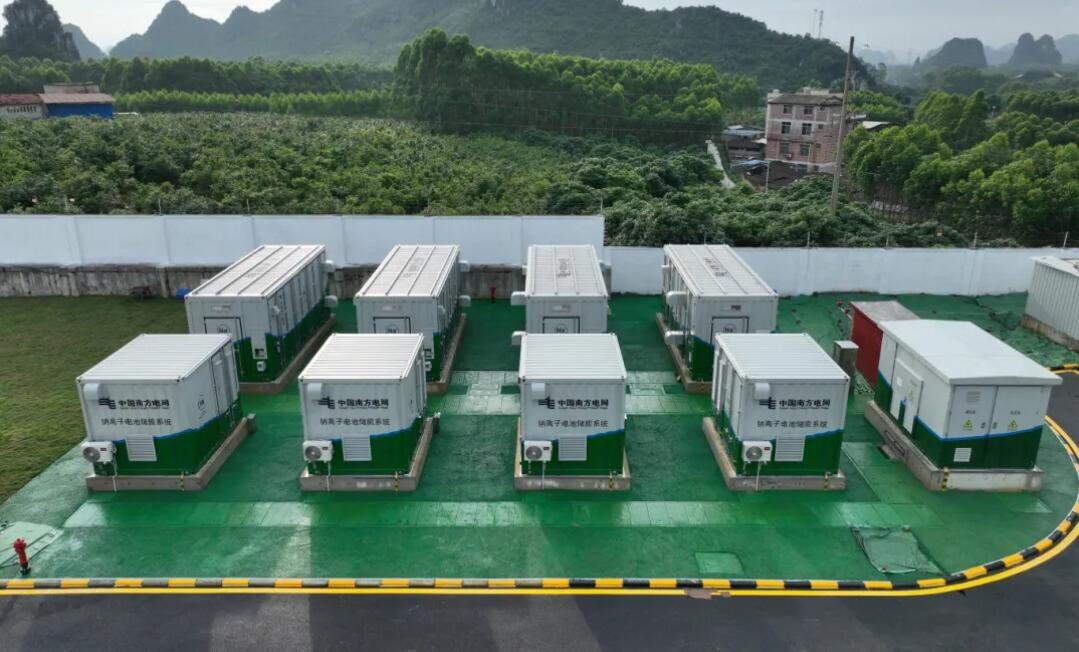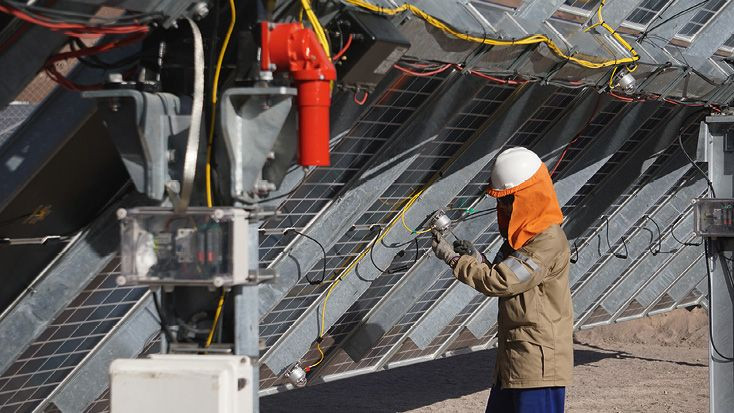As bifacial modules proliferate, albedo estimates are becoming increasingly important, and because developers are unwilling to install weather stations to assess solar energy resources, on-site measurements by third parties, over periods of as little as a day, have become a popular option. Is this an acceptable compromise between expensive on-site measurements and less accurate satellite data? Stefan Mau from Everoze discusses the potential benefits and limitations of this approach.
From pv magazine 24/6
Although an accurate assessment of solar energy resources is critical to ensure the reliability of an energy yield assessment, most studies are based solely on satellite irradiation data. Solar developers rarely spend resources installing a weather station to obtain ground measurement data before constructing a PV project, mainly due to the significant costs involved. Running a weather station for a year costs between €40,000 and €60,000. A satellite dataset costs several hundred euros.
The development of bifacial modules has complicated the assessment of available solar energy resources. The irradiance entering the back of bifacial modules is mainly determined by albedo, which is the ratio of the downward radiation reaching the ground to the upwelling radiation reflected by it. As with other data, such as global or diffuse irradiance, albedo can be obtained from satellite images. Leading data providers also offer this information. Albedo is more difficult to assess than downward irradiance because it is mainly influenced by the nature of the soil. The resolution of satellite data is at best about 1 km² and the nature of the soil, and therefore the albedo, can vary considerably over such a relatively small area. Albedo will also vary throughout a day depending on factors such as the position of the sun, the season and the weather. A slightly incorrect albedo value can easily cause a 0.5% impact in a return assessment, which can affect project valuations by significant amounts.
These factors lead us to the conclusion that albedo must be measured. Nevertheless, the cost of a year-long campaign is still a no-go for most developers. Alternatively, some service providers propose short-term measurement campaigns where the albedo is measured on site for one or more days. This measurement is then used to calibrate satellite albedo data.
Short-term benefits
Since Everoze is often asked to use data corrected with short-term albedo measurements, we wanted to form our own opinion on the merits of such short-term measurements. We used publicly available, quality-controlled weather station measurements, including global irradiance and albedo figures, and analyzed the effect of calibrating these data with short-term albedo measurements from one-day and seven-day campaigns.
We used data from the Surface Radiation Budget Network (SURFRAD) from seven locations in the United States. High-resolution data was collected over six years, from 2017 to 2022, and used to calculate a monthly reference albedo for each of these locations, averaged over the six years. For example, the reference albedo for January was the average of all January albedo values from 2017 to 2022. We also downloaded satellite albedo data from the Prospect tool of solar radiation data company SolarGIS for the seven locations.
Everoze performed several quality checks on the SURFRAD data, which led to the elimination of a negligible number of days over the six-year period. We then used each day’s albedo as single-day campaigns and rolling seven-day periods as weekly campaigns, correcting all satellite data based on these campaigns. Finally, using the solar design tool PVsyst, we performed theoretical single-axis tracking, simulated bifacial PV assets and ran yield scenarios with the six-year average SURFRAD albedo, the raw satellite albedo and the satellite albedo.
We compared the returns. The measurement campaign was considered favorable if the difference between SURFRAD data and the corrected albedo was smaller than the difference between SURFRAD and the raw satellite albedo. The figure below illustrates the results of one-day and seven-day campaigns for each of the seven project locations.
Popular content

Value for your money
The results showed that one-day campaigns should be discarded as they are of no use in most cases, especially in winter. Seven-day campaigns are especially useful in the summer. The author noted that data from other regions may lead to different conclusions. Other factors such as location, altitude, calibration and the cleaning frequency of the albedometer should be carefully considered. Everoze recommends making the investment for a full year of measurements, rather than just a few days. It may be costly in the short term, but it is worth it over the life of the project.
About the author: Stefan Mau is an electrical engineer and has been working in the solar energy sector since 1999, including in R&D, testing and certification, measurement and consultancy services in Spain, Germany and Austria. Before joining Everoze, he was the global point of contact for operational services in PV installations at DNV GL. At Everoze he supports commercial PV services such as due diligence, financeability and energy assessments and training. He is part of the Spanish Standardization Committee for PV modules and holds one patent.
This content is copyrighted and may not be reused. If you would like to collaborate with us and reuse some of our content, please contact: editors@pv-magazine.com.

